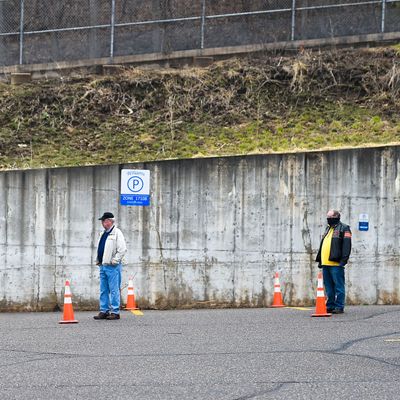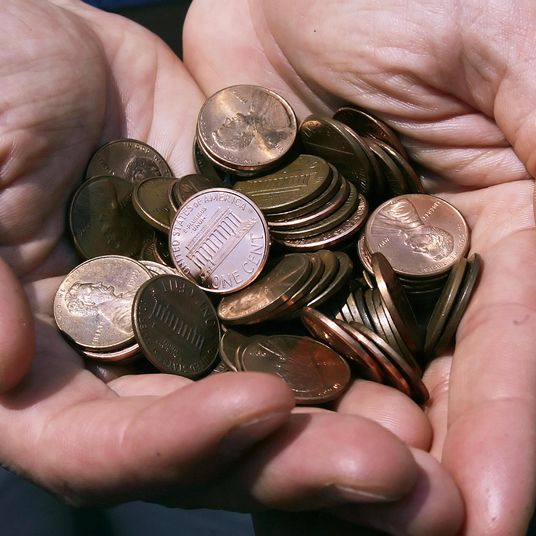
In response to Donald Trump’s many jeremiads against voting by mail — which in turn reflects a certain strain of opinion among anti-voting-rights conservatives — many academic observers have noted that Republican voters have been as (or in some states more) likely to take advantage of remote voting opportunities as Democrats. Indeed, during a pandemic in which being elderly is a risk factor for infection and death, one might think that over-65 voters, who in recent presidential elections have tilted red, would be the most likely to avoid in-person voting.
But in a new study of voting patterns during the pandemic-dominated Wisconsin spring election of April 7, the New York Times found that those utilizing mail ballots were significantly more likely to vote for liberal Supreme Court candidate Jill Karofsky than those who voted in person on Election Day. Reid Epstein explains:
The liberal jurist, Jill Karofsky, performed 10 percentage points better than her conservative opponent in votes cast by mail than she did in votes cast at Election Day polling places, a gap that powered a surprising 11-point victory over all in a state both parties view as crucial to winning November’s presidential election.
The voting data, collected by The New York Times from 27 Wisconsin municipalities that segregate ballots cast on Election Day from those sent by mail, shows that Judge Karofsky’s advantage in mail ballots over the conservative incumbent, Justice Daniel Kelly, was consistent across communities of varying size, geography and partisan lean. In a state with little history of voting by mail, more than 1.1 million of 1.55 million votes cast came by mail.
This unusual finding indicates that Wisconsin Democrats made an unusually strong effort to direct their voters toward absentee ballots, which paid off, particularly in areas with sharply restricted Election Day polling places:
Ben Wikler, the chairman of the Democratic Party of Wisconsin, attributed Judge Karofsky’s success in mail voting to the party’s mid-March decision to focus entirely on educating Democrats about how to request and complete a mail ballot.
“The Democratic Party decided weeks out from the election to switch 100 percent of its efforts to vote-by-mail in the first time in its history,” Mr. Wikler said. “I think Republicans bought some of their own disinformation.”
By that, Wikler means the frequent Wisconsin Republican claims that the election did not need to be delayed because of coronavirus concerns, which in turn echoed the early tendency of Republicans (including Donald Trump) to minimize the dangers associated with the pandemic.
In any event, the Wisconsin findings are very likely to reinforce Trump’s antipathy to more liberalized voting by mail, even as the overall experience in Wisconsin fuels demands for greater voting-by-mail opportunities.
On that front, the Milwaukee Journal Sentinel reported that there’s a new finding of Election Day infections, a danger warned about by elected officials and voters alike:
Officials have identified seven people who appear to have contracted COVID-19 through activities related to the April 7 election, Milwaukee Health Commissioner Jeanette Kowalik said Monday.
Six of the cases are in voters and one is a poll worker, Kowalik said …
Milwaukee Mayor Tom Barrett said about 3,500 voters came to each of the city’s five voting sites and dozens of workers were there as well.
“This will tell you why we were so adamant about trying to not have this occur,” he said, referring calls to cancel in-person voting.
Given the literal life-or-death stakes, intense polarization around this issue will no doubt continue — and likely intensify — in the coming months.






























